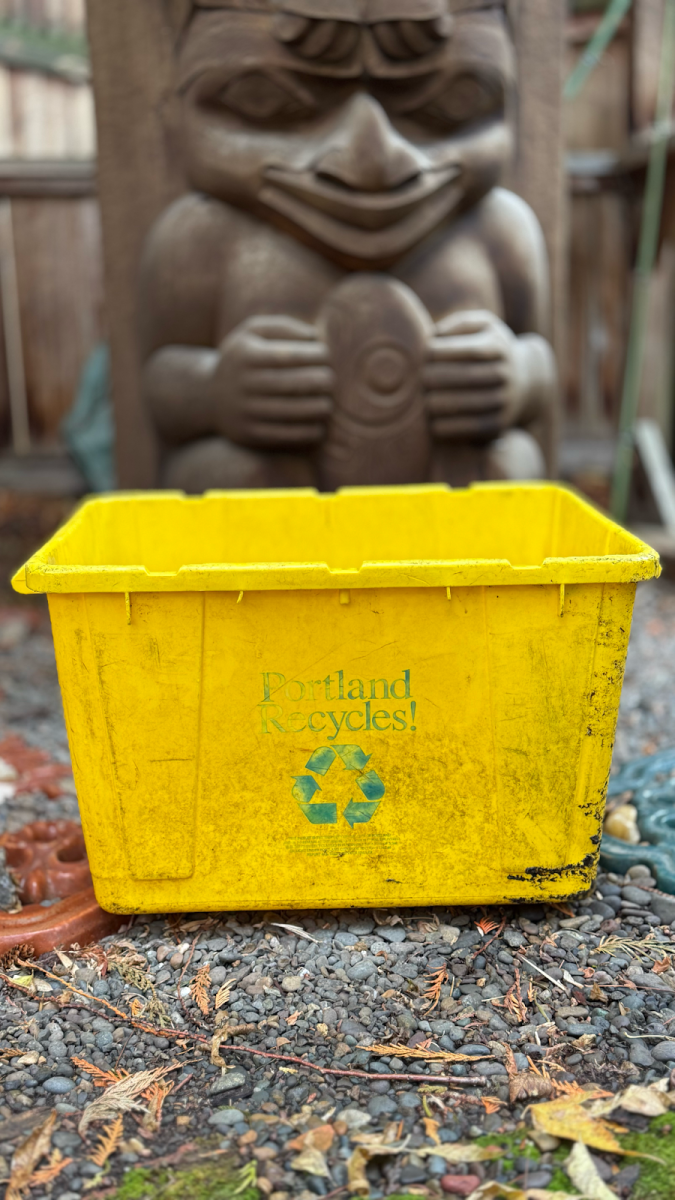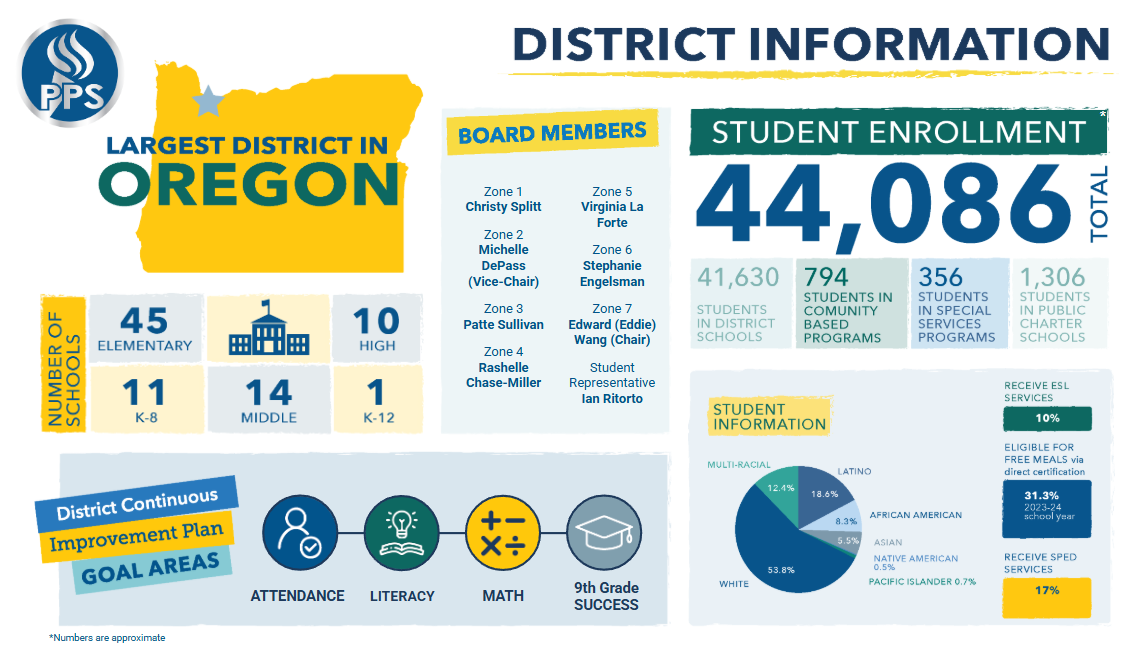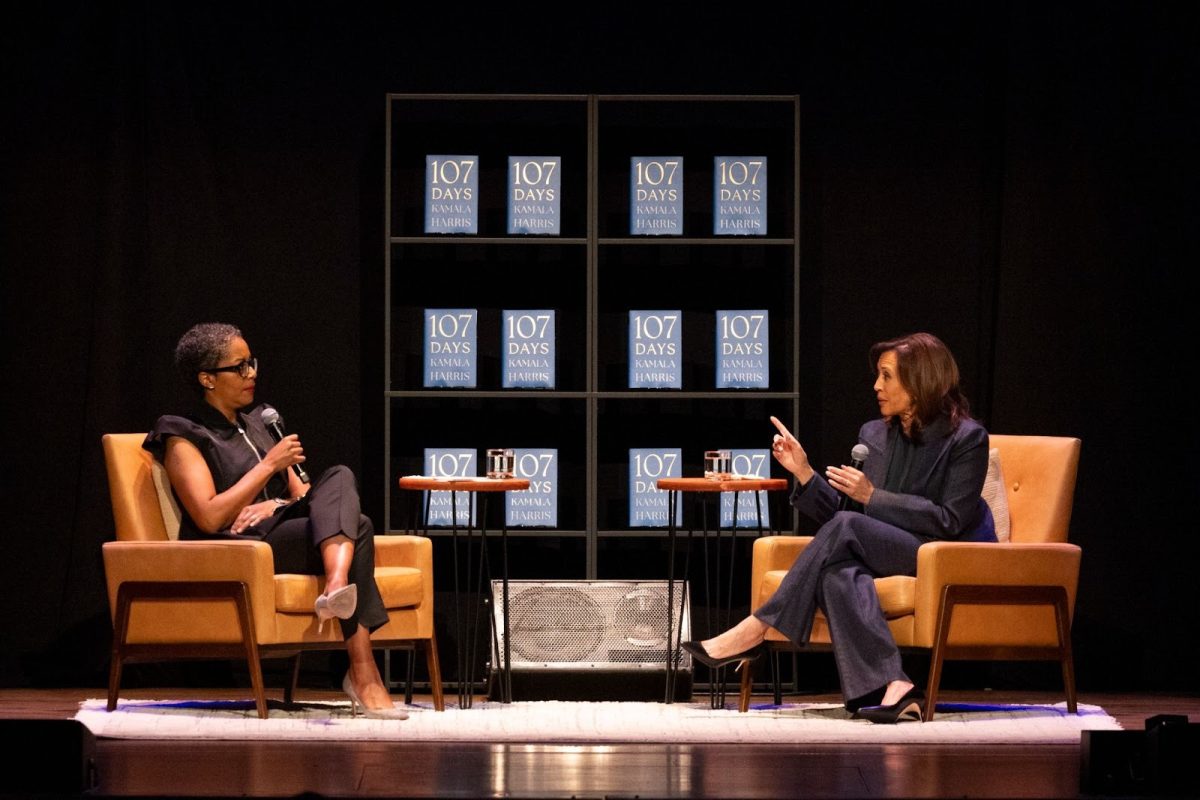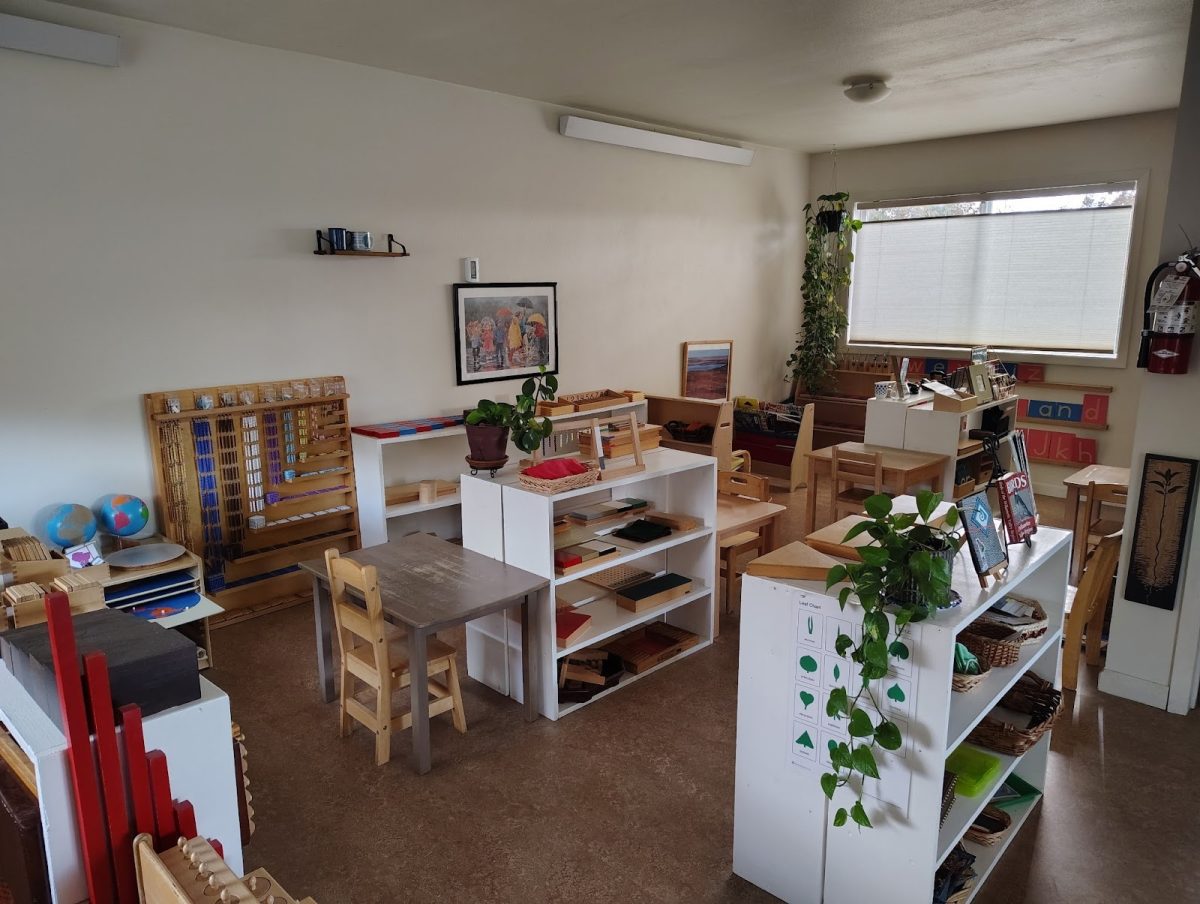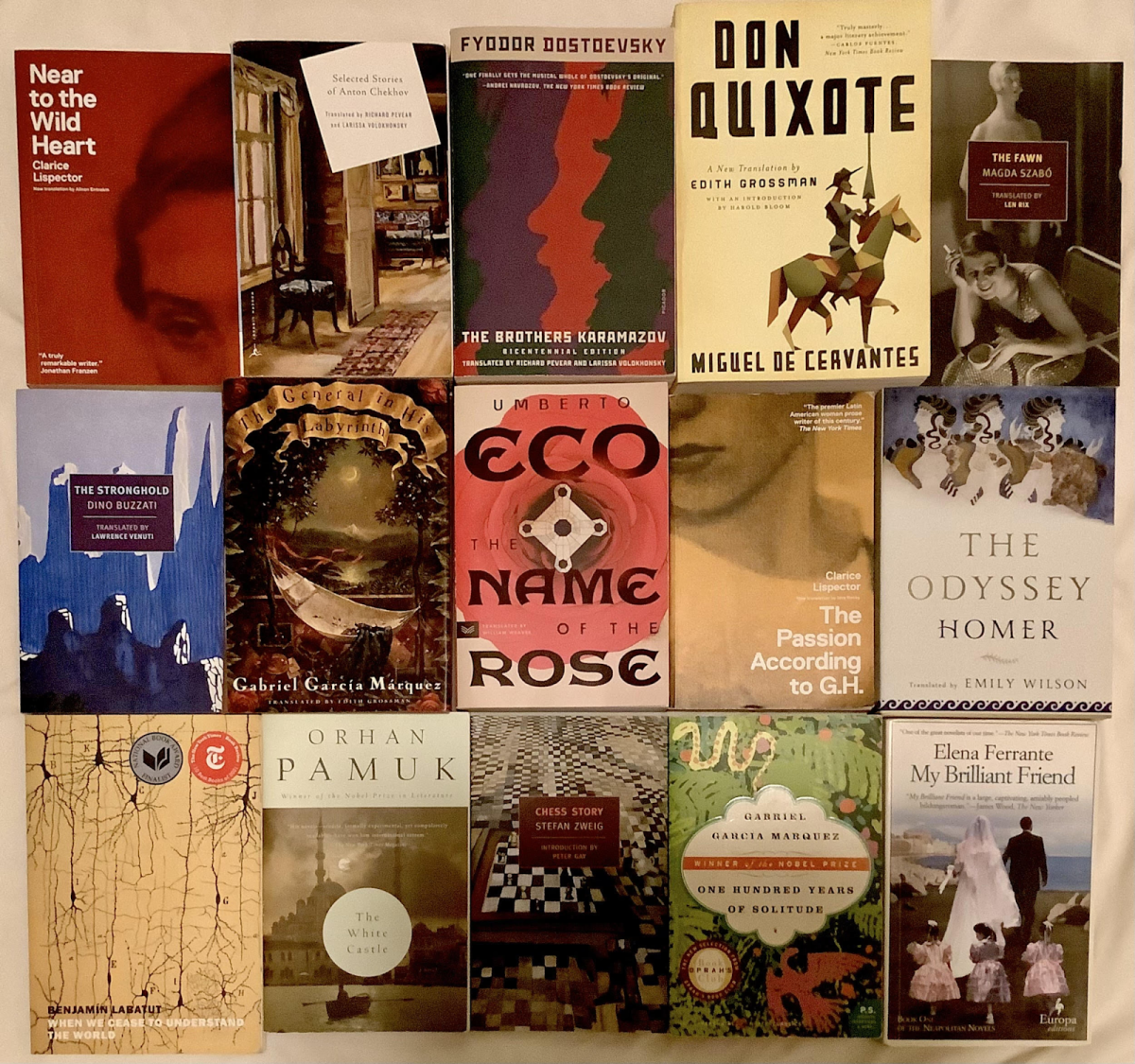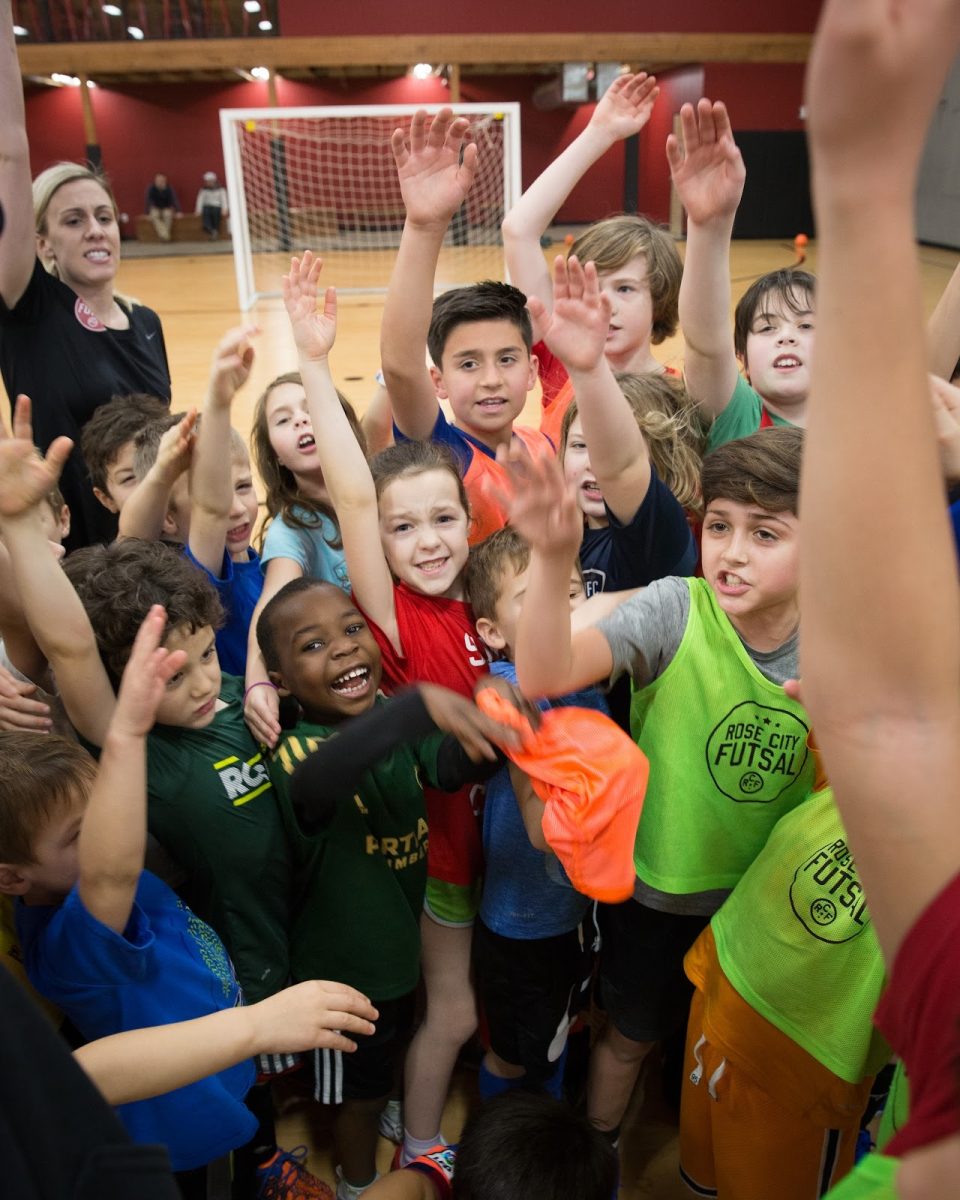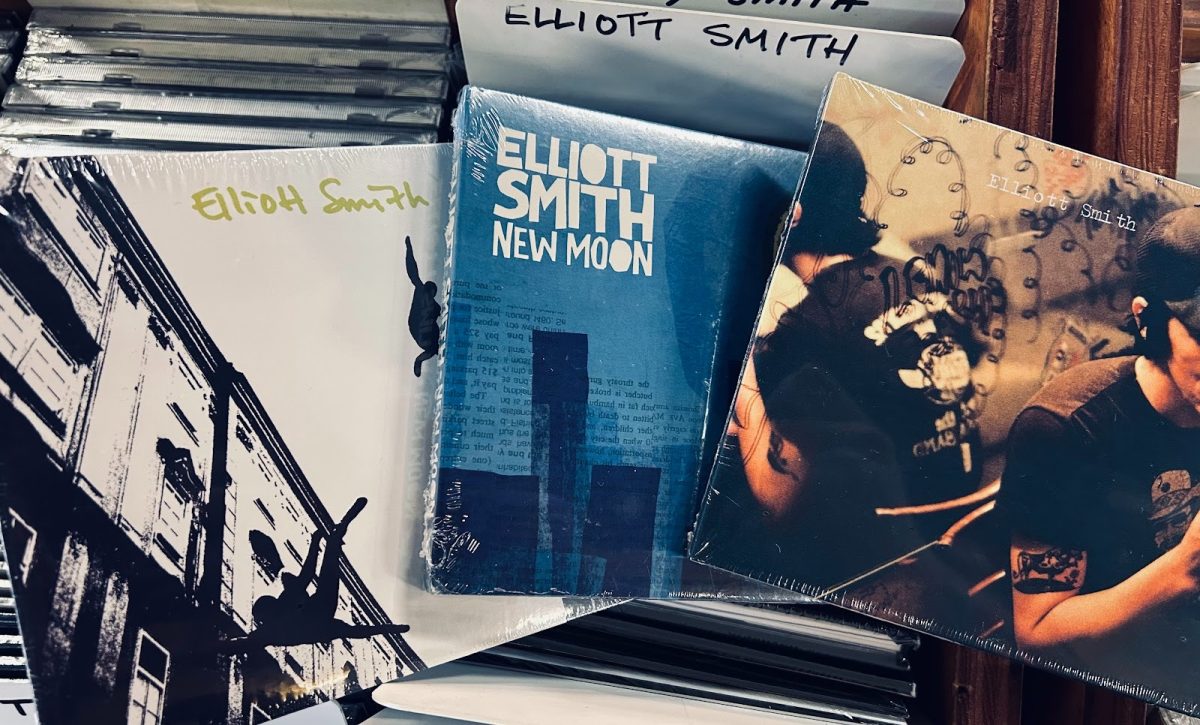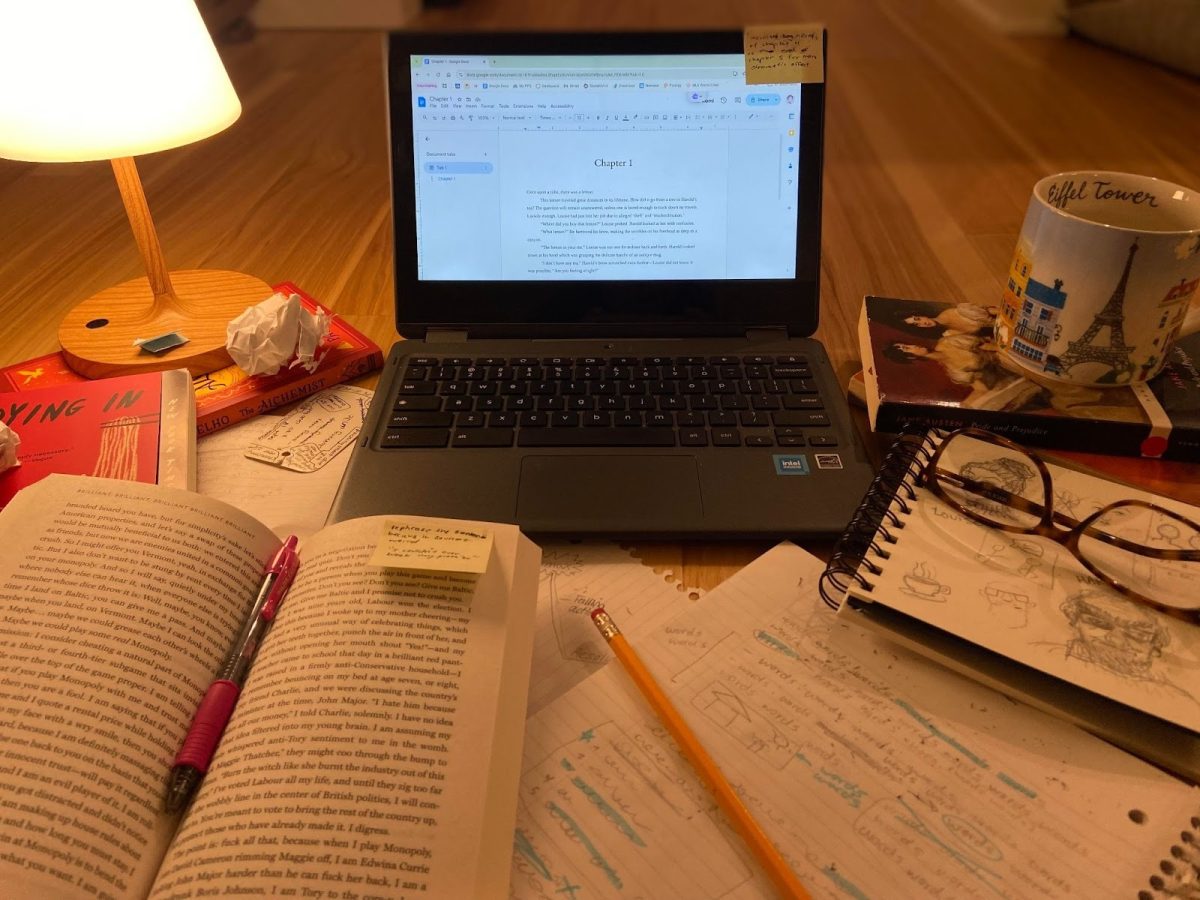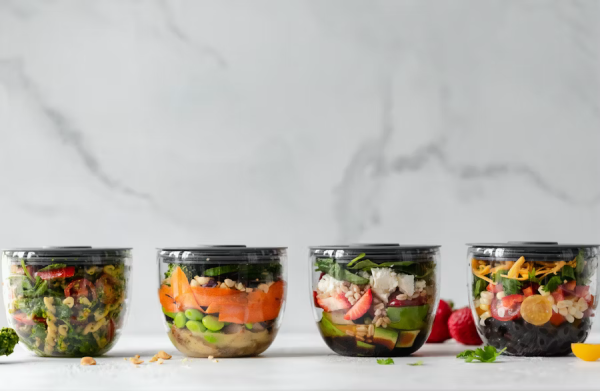
The world of meal prepping can be scary and unfamiliar, but the benefits can be overwhelmingly positive depending on the individual’s needs. From saving time in busy schedules to performance for athletes, let’s deep dive into the pros of this lifestyle.
Meal prepping in simple terms is the preparation of meals and snacks ahead of time. Paloma Shrall, a sophomore at Franklin and a multi-sport athlete, who runs cross country, swims, and hurdles for track and field, has incorporated meal prepping into her everyday life as a tool to manage her busy schedule and nutrition needs. She first started meal prepping after she saw her friend’s Instagram, explaining how beneficial it was to him and his goals as an athlete. She recommends that people who are interested in getting into meal prepping ask others about their experiences with it to get an understanding of what foods work for them. “If they’re an athlete, ask their coach,” to get a good idea of what they should be eating.
Ryan Ghazi, a freshman at Oregon State University (OSU) who also plays rugby and baseball at club level, uses meal prepping as a tool for his busy schedule and ensuring he has access to food, especially when traveling. In college, there are many times when you have few to no options for the food you’re eating, so Ghazi incorporates meal prepping, for if and when “[he] is going out somewhere that he doesn’t know what the food situation is.”
People are always busy, but eating enough food and fueling our bodies should be a priority. When life gets too chaotic, spend a few hours at the beginning of the week to create a routine that works for you. “For me, the biggest benefit of meal prepping is that I don’t have to worry about finding or buying food — I just have what I made and I can eat it whenever and whenever for free,” Ghazi says.
Planning
Starting with the basics: the planning. Planning is the most time-consuming: picking the meals that you want to make. Many influencers on social media, such as Pinterest or Instagram, share meal-prepping ideas and recipes. Shrall states that when she first started meal prepping she “looked at stuff on TikTok, which helped a lot.” The way Shrall chooses her meals before is by “asking Ashley Rose or Fanning — the assistant cross-country coach at Franklin — and my mom. We track my macros to see if I have a good balance of carbs, fat, and protein, making sure we find foods that make a balanced meal.” After finding some recipes that fit your diet or needs, it is time to gather your ingredients.
Ingredients
Get that shopping list together and get going! A tip is to pick up recipes that overlap ingredients, as you can get the most out of everything you buy. For example, if you had a recipe for a bean salad that used a lot of fresh cucumbers and onions, then you could have another side with pickled onions and pickles. This creates less waste and it makes it easy to shop. By planning out the meals before you go shopping, you will only be getting items that you need and use the following week. This will help with spending less money, as you will be more in tune with the food you are buying.
Storage
Choose containers that suit the amount of food and storage needs. When it comes to storage, think intentionally; most of the meals will need to be stored in the fridge and then reheated after, but you can always take the meal out of the container and transfer it into a bowl or plate for reheating. If it’s something like overnight oats that doesn’t need to be reheated, you can use a mason jar or something that you could bring with you, if you require eating on the way to work or school. Ghazi also adds that meal prepping can be as easy as “making larger portions of what you already have and saving what you don’t eat for later.” It can be as simple as “doubling the recipe and Tupperware the rest.”
Shrall’s preferred storage containers are “Stasher Bags, they’re so good because they come in many different sizes, and I can just put all my stuff inside there and place it in the fridge. It works out perfectly.”
Tips
Something to remember about meal prepping is that the food will be prepped on one day and eaten the following days, so making meals that won’t go bad is crucial. “Making meals, for instance, if you made something that has chicken, and you are planning on a meal prepping for a longer period then you should not do that as it may go bad,” Shrall explains. Having vegetables that wilt or ingredients that don’t last long can cause trouble. Shrall adds to be mindful about what stores well, saying, “lettuce is hard to stay fresh.” She continues, explaining that it’s about trial and error: “it’s a little difficult but you will learn what works and does not.”
For beginners, it just takes practice, making it part of your daily routine, and finding the time for preparing to ultimately make your life a lot easier. Ghazi closes, saying, “Meal prepping is really dependent on the person. I like it and it works for me but there are plenty of people who would rather not go through the extra work and that’s cool too, so as long as you have good food when you want it, you’re doing pretty good.” Meal prepping is something worth trying, especially if you have a sport in which eating enough is crucial or you have a super busy schedule like most student-athletes. By planning meals, it not only makes sure you are eating a balanced diet, but it can maximize your time when life feels a bit too busy for cooking. Eating well and having access to food is very important, and meal prepping can be a tool to ensure these good habits.

